Innovative Marketing Strategies
Innovative marketing strategies play a crucial role in shaping the sparkling wine market. Brands are increasingly leveraging social media platforms and influencer partnerships to reach a broader audience. This approach not only enhances brand visibility but also engages younger consumers who are more likely to share their experiences online. Market data indicates that brands employing digital marketing strategies have seen a 20% increase in engagement rates. Furthermore, experiential marketing, such as wine tasting events and vineyard tours, has gained traction, allowing consumers to connect with the product on a personal level. These strategies not only promote brand loyalty but also educate consumers about the diverse offerings within the sparkling wine market, ultimately driving sales and market expansion.
Growth of the Hospitality Sector
The growth of the hospitality sector significantly impacts the sparkling wine market. As the global economy continues to recover, the hospitality industry is witnessing a resurgence, with hotels, restaurants, and bars expanding their beverage offerings. This trend is particularly evident in regions where tourism is on the rise, leading to increased demand for premium sparkling wines. Market data suggests that the hospitality sector accounts for nearly 30% of sparkling wine sales, highlighting its importance. Additionally, the trend towards fine dining experiences has led establishments to curate extensive wine lists, often featuring a variety of sparkling wines. This growth in the hospitality sector not only boosts sales but also enhances the visibility of sparkling wines, encouraging consumers to explore different brands and styles.
Emerging Markets and Global Trade
Emerging markets are becoming increasingly important in the sparkling wine market. Countries in Asia and South America are witnessing a rise in disposable income, leading to greater consumption of sparkling wines. This trend is supported by market data indicating that regions such as Asia-Pacific are projected to experience a compound annual growth rate of 7% in sparkling wine consumption over the next five years. Additionally, global trade agreements are facilitating the import and export of sparkling wines, allowing brands to reach new markets. This expansion into emerging markets not only diversifies the consumer base but also enhances brand recognition on a global scale. As these markets continue to develop, the sparkling wine market is likely to see substantial growth opportunities.
Health Consciousness and Low-Alcohol Options
Health consciousness among consumers is emerging as a significant driver in the sparkling wine market. As individuals become more aware of their dietary choices, there is a growing demand for low-alcohol and lower-calorie sparkling wine options. This trend is particularly appealing to health-conscious consumers who seek to enjoy social occasions without compromising their wellness goals. Market data indicates that sales of low-alcohol sparkling wines have increased by approximately 15% in recent years. Additionally, brands are responding to this demand by developing innovative products that cater to this segment, such as organic and biodynamic sparkling wines. This shift towards healthier options suggests that the sparkling wine market is adapting to changing consumer preferences, potentially leading to new growth opportunities.
Rising Consumer Preference for Sparkling Wine
The increasing consumer preference for sparkling wine is a notable driver in the sparkling wine market. As consumers become more discerning, they seek out unique flavors and experiences, leading to a surge in demand for various sparkling wine types, including Prosecco, Cava, and Champagne. This trend is reflected in market data, which indicates that sparkling wine sales have grown by approximately 5% annually over the past few years. The rise of social occasions and celebrations further fuels this demand, as sparkling wine is often associated with festivities. Additionally, younger consumers are increasingly embracing sparkling wine, contributing to a shift in consumption patterns. This evolving consumer landscape suggests that the sparkling wine market is poised for continued growth as preferences evolve.


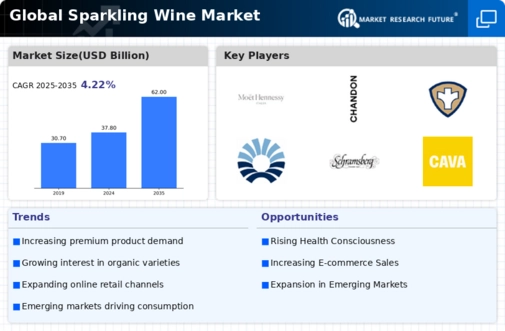

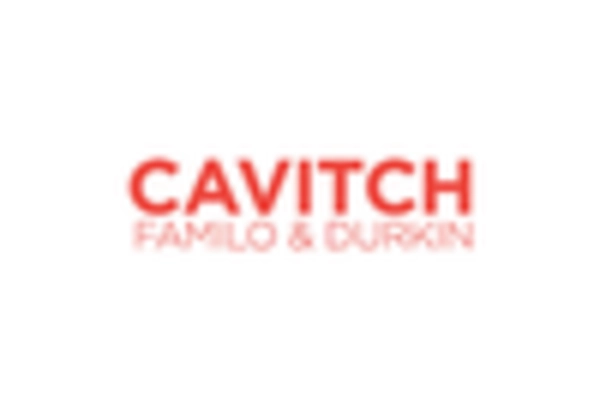
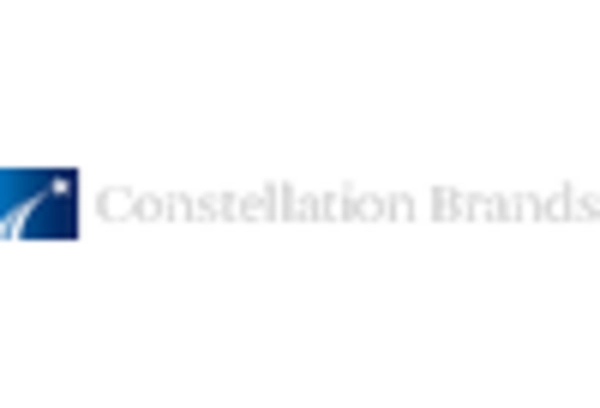
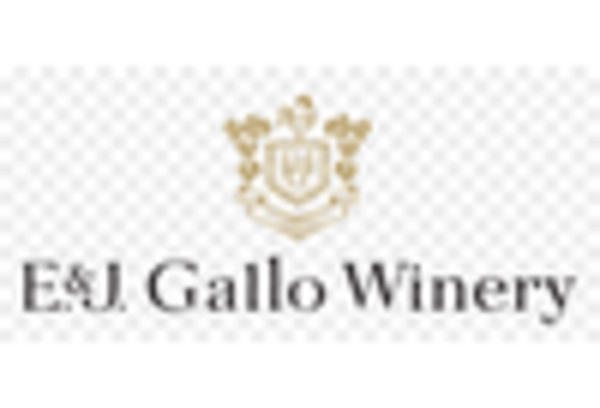
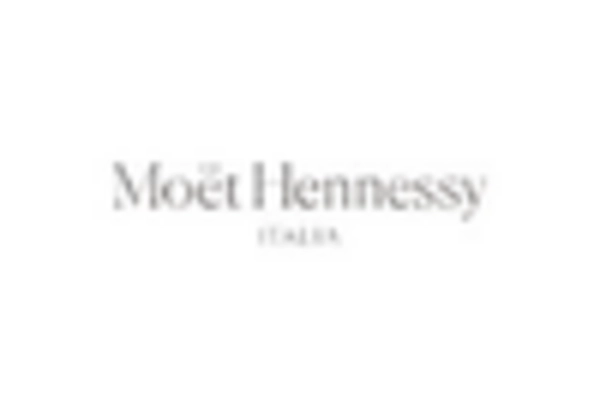
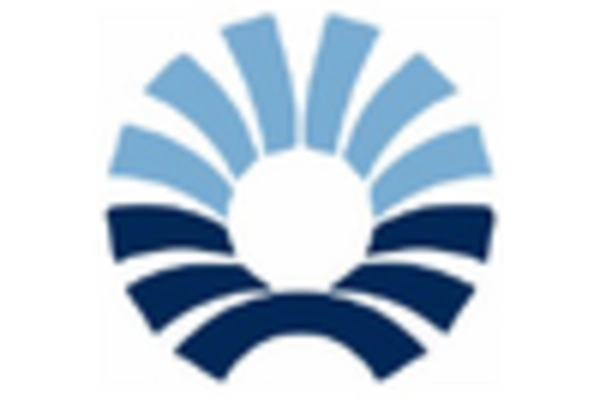









Leave a Comment